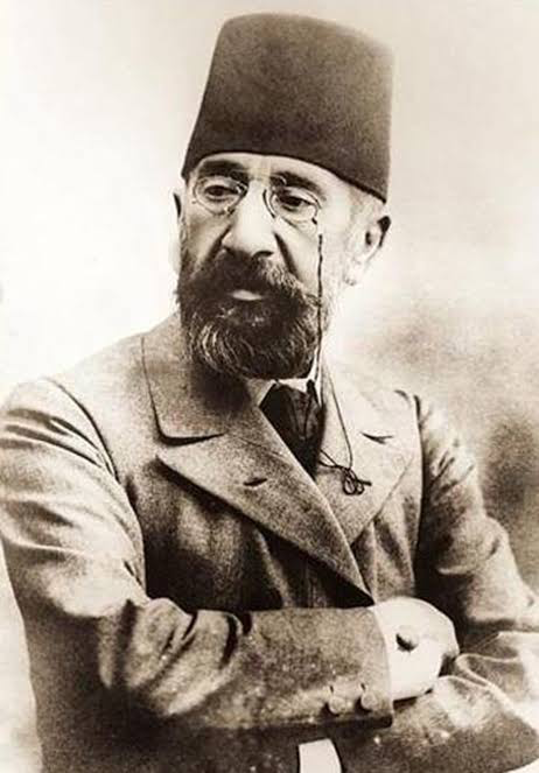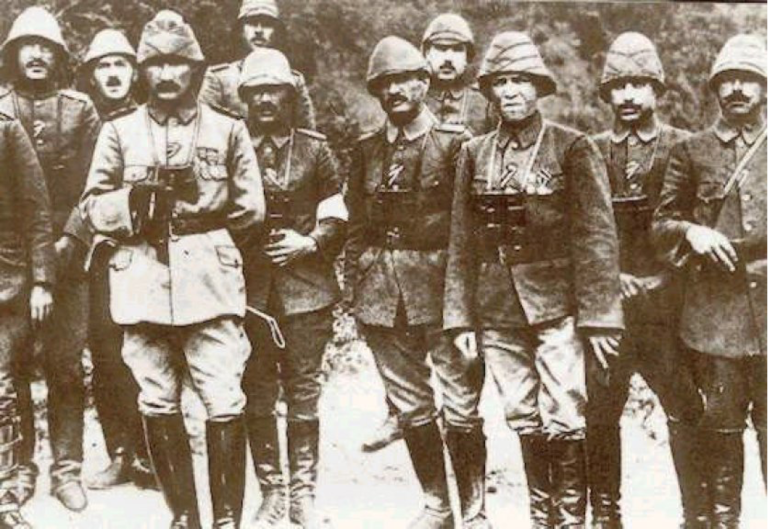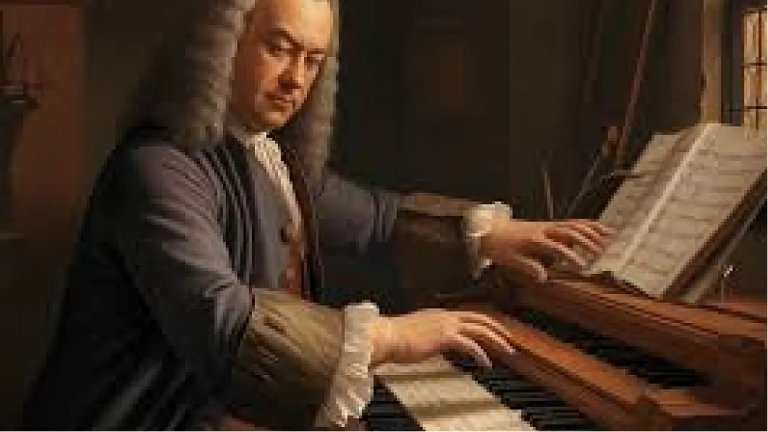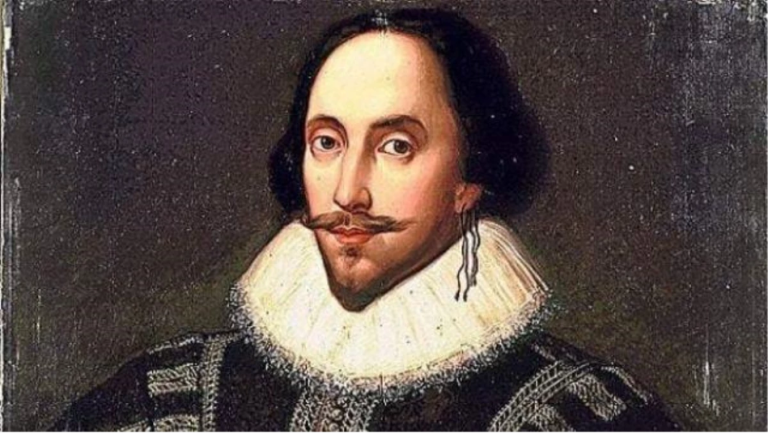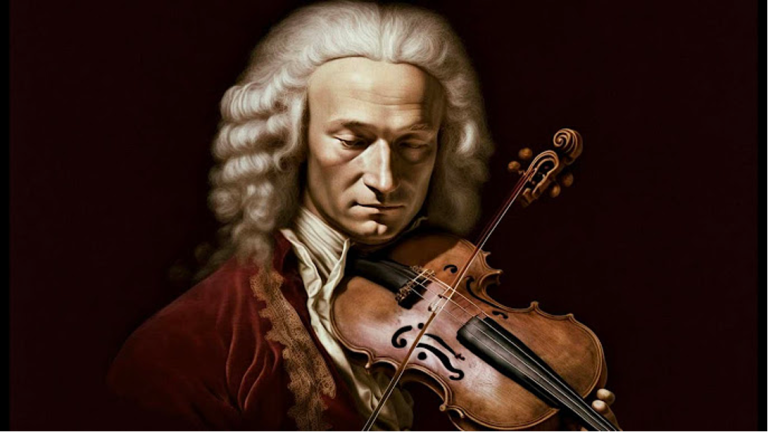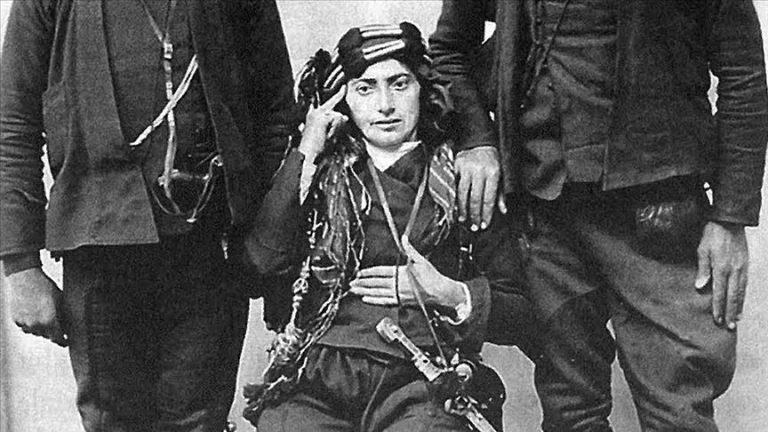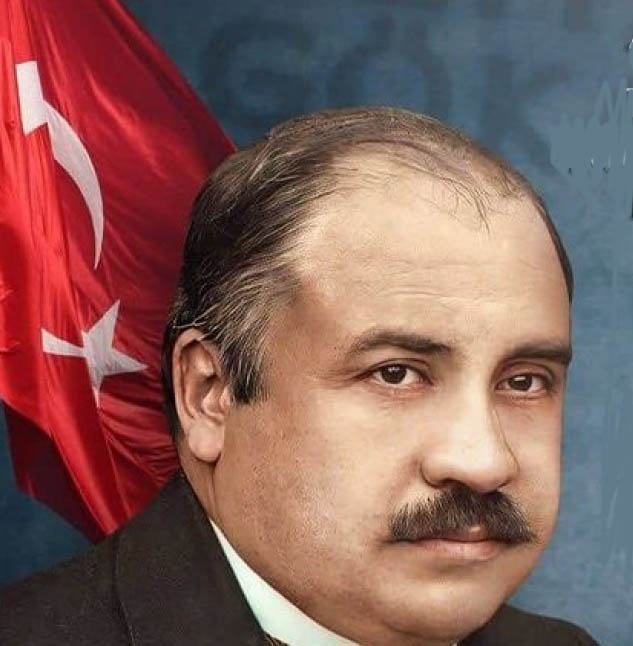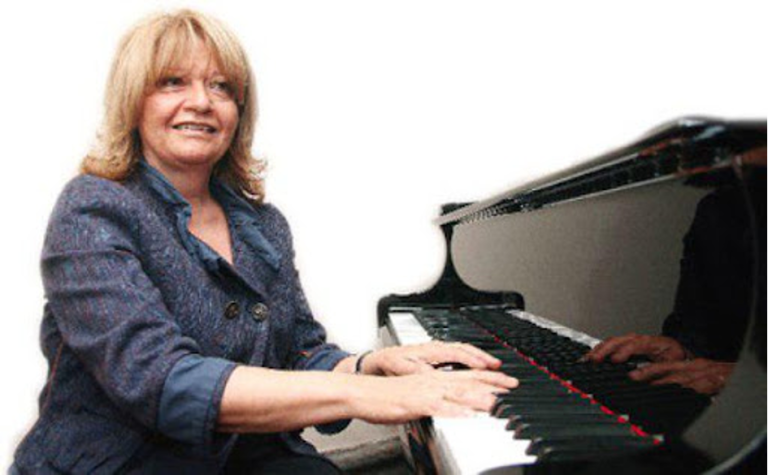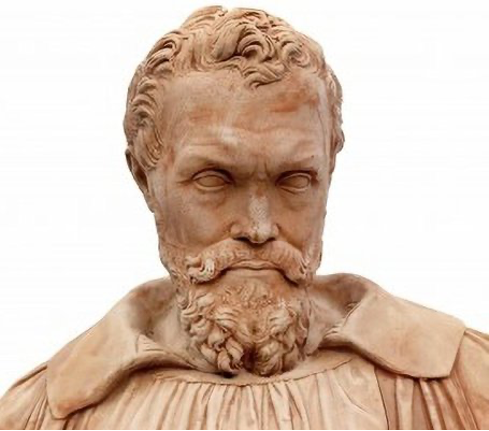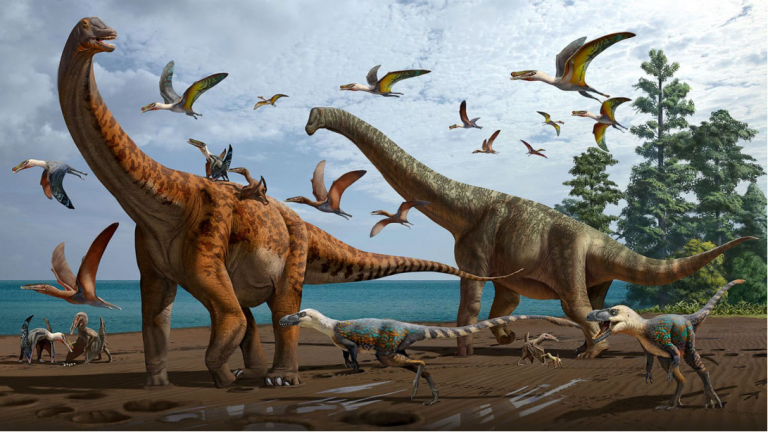Osman Hamdi Bey (1842-1910) was a pioneering figure in Ottoman art and culture. Renowned as a painter, archaeologist, and museum curator, his work played a crucial role in the Westernization of Turkish art during the late 19th and early 20th centuries. Born into an influential family in Istanbul, Hamdi Bey was educated in Paris, where he was exposed to European artistic styles and philosophies. This education deeply influenced his artistic vision, leading him to create works that blended Ottoman and European elements.
One of his most famous paintings, “The Tortoise Trainer” (1906), exemplifies this synthesis. The painting depicts an elderly man in traditional Ottoman attire, seemingly training five tortoises with a traditional flute called a ney and a small stick. The setting is a dimly lit, historical interior with an air of contemplation and patience.
“The Tortoise Trainer” is often interpreted as a metaphor for the slow and challenging process of cultural and societal change. The tortoises symbolize the sluggish pace at which reforms were being implemented in the Ottoman Empire, while the trainer represents the reformers’ perseverance. The painting is rich in detail, from the intricate patterns of the man’s robe to the textures of the tortoises’ shells, reflecting Hamdi Bey’s meticulous attention to both artistic and symbolic elements.
In addition to his contributions to art, Hamdi Bey was instrumental in the development of the Ottoman Empire’s cultural heritage institutions. He founded the Istanbul Archaeology Museums and served as its director, advocating for the preservation of Ottoman and ancient artifacts.
Osman Hamdi Bey’s legacy is one of bridging cultures and epochs, embodying the fusion of East and West. His works, particularly “The Tortoise Trainer,” continue to be celebrated for their profound symbolism and artistic excellence, offering a window into a pivotal era of transformation in Turkish history.
Test 1
1. What is Osman Hamdi Bey best known for?
A) Being a military leader
B) His paintings and work in archaeology
C) Writing Ottoman poetry
D) Developing Turkish cuisine
2. Where did Osman Hamdi Bey receive his education?
A) London
B) Istanbul
C) Paris
D) Vienna
3. What instrument is the elderly man in “The Tortoise
Trainer” holding?
A) A violin
B) A ney (flute)
C) A guitar
D) A drum
4. What do the tortoises in “The Tortoise Trainer” symbolize?
A) Wealth and prosperity
B) The Ottoman royal family
C) The slow pace of societal reforms
D) The natural beauty of Turkey
5. Which institution did Osman Hamdi Bey help establish?
A) The Turkish Grand National Assembly
B) The Istanbul Archaeology Museums
C) The Istanbul Modern Art Museum
D) The Ottoman Imperial Library
6. How is “The Tortoise Trainer” reflective of Hamdi Bey’s
artistic vision?
A) It shows a blend of Ottoman and European artistic elements
B) It focuses solely on European styles
C) It depicts scenes of war and conflict
D) It lacks any symbolic meaning
